We may earn money or products from the companies mentioned in this post. This means if you click on the link and purchase the item, I will receive a small commission at no extra cost to you ... you're just helping re-supply our family's travel fund.
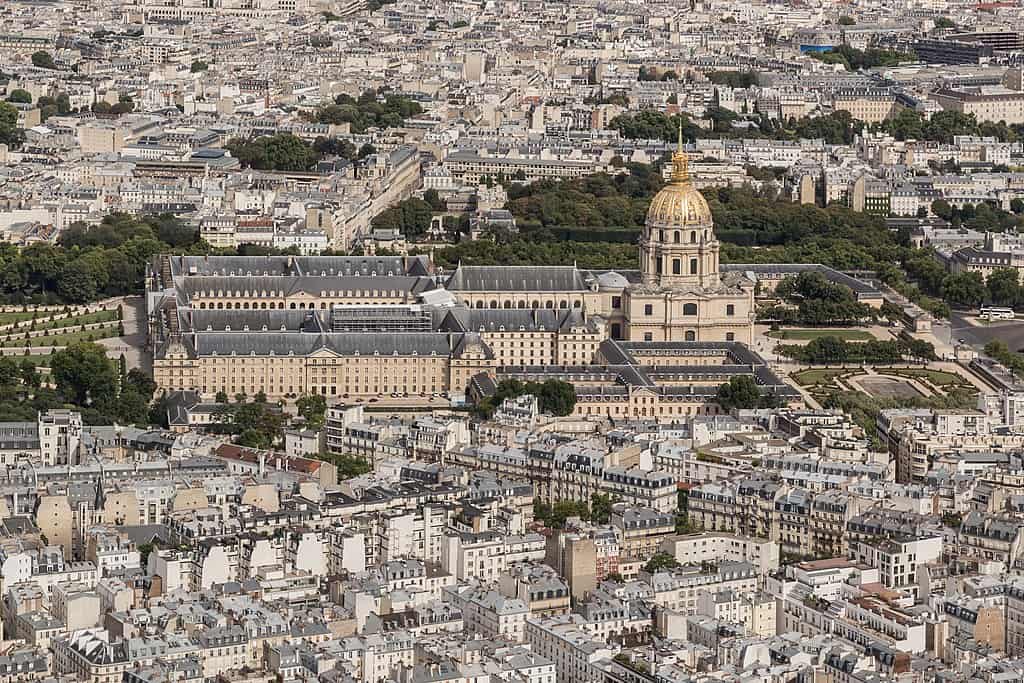
History’s icons often leave behind more than grand achievements, they leave traces of their humanity in the most unexpected places. Across continents, museums and private collections showcase artifacts that reveal peculiar glimpses into their personal worlds. From genius and glamour to obsession and eccentricity, these unusual exhibits tell stories numbers alone cannot, but the years and relics they carry bring the legends startlingly close to life once again.
1. Albert Einstein’s Bathroom : Bern, Switzerland

In Bern’s Kramgasse 49 apartment, where Einstein lived from 1903 to 1905, visitors discover not equations but his fully restored bathroom, preserved with original 1900s fixtures. Here, amid the simplicity of his family home, he reportedly pondered ideas that led to his 1905 theory of relativity. The modest museum now draws over 40,000 visitors annually, offering a rare look into the quiet domestic world of a man whose thoughts changed modern physics forever.
2. Nikola Tesla’s Ashes : Belgrade, Serbia
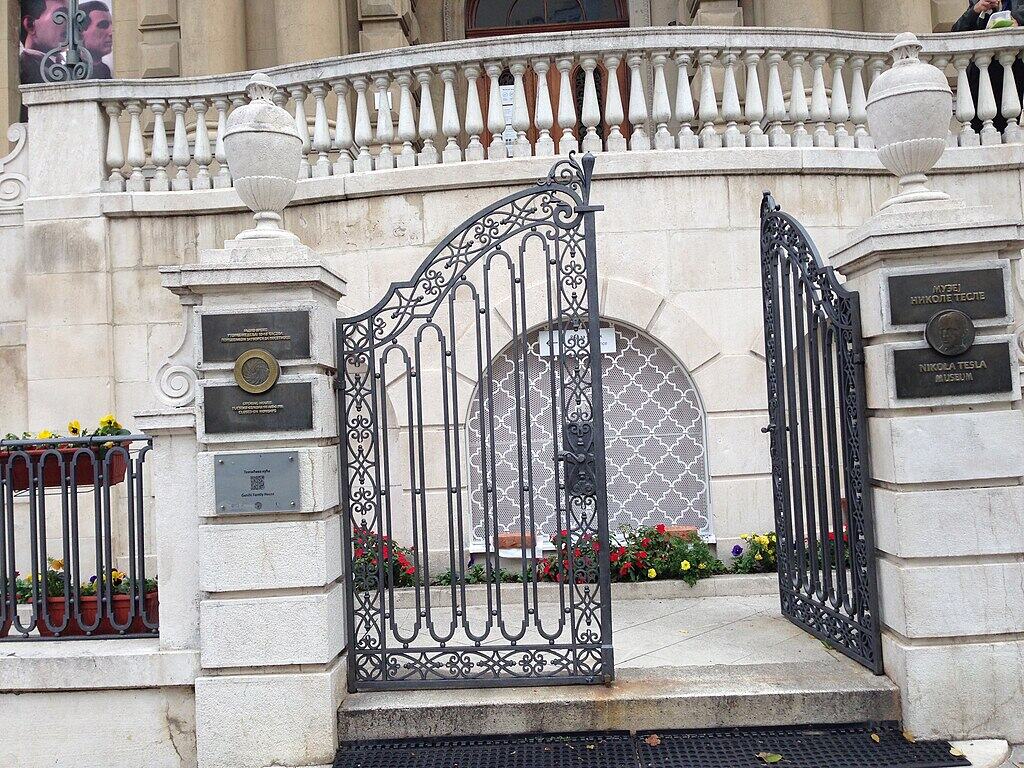
The Nikola Tesla Museum in Belgrade, opened in 1957, holds more than 160,000 documents and 2,000 objects, but none as striking as a glowing golden sphere that holds his ashes. Tesla died penniless in 1943, yet his inventions illuminate modern life. Each year, over 120,000 people visit this unusual display, standing before the physical remains of a man who dreamed in volts and currents—a scientist whose mind and legacy still pulse with electric intensity.
3. Napoleon’s Horse Hair : Paris, France
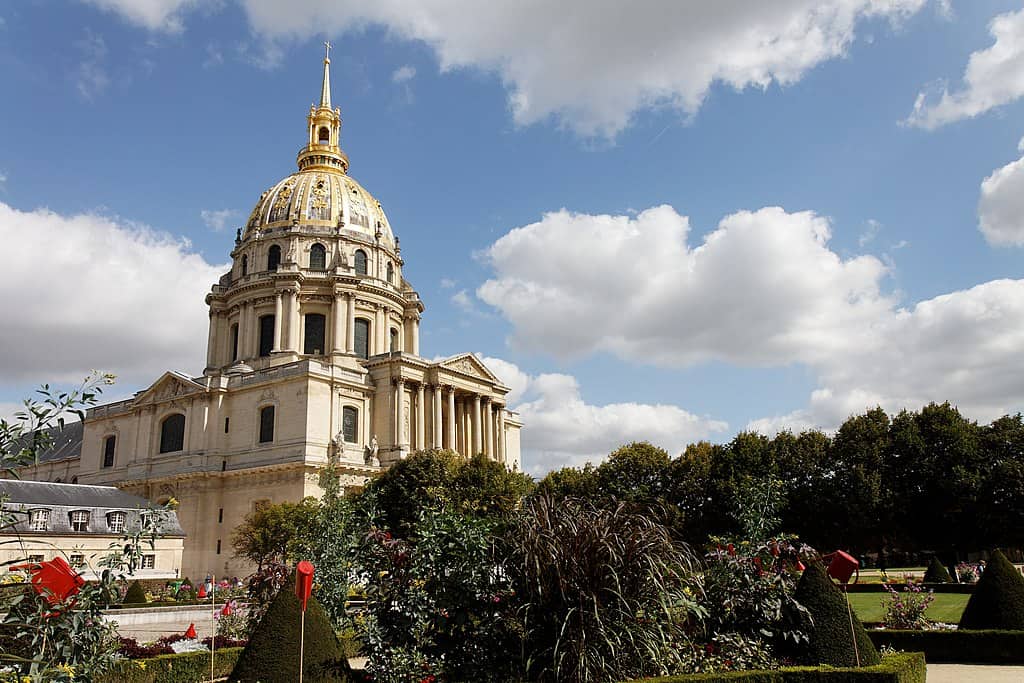
At Les Invalides in Paris, among Napoleon’s military relics and his grand tomb, lies a small case holding a lock of hair from his beloved horse, Marengo. The steed carried the emperor through eight major battles between 1800 and 1815, a silent witness to history’s turmoil. Preserved since 1821, the delicate strands remind visitors that even conquerors forge bonds of loyalty. Nearly a million people yearly pass this understated yet poignant tribute to power and devotion.
4. Elvis Presley’s Tooth : London, England

Within London’s Hunterian Museum rests one of pop culture’s strangest relics—a tooth extracted from Elvis Presley in the late 1950s. Auctioned in 2011 for £25,000, it now draws fans from more than 30 countries. Displayed beside his dental mold, it symbolizes the bizarre reach of celebrity fascination. Decades after his 1977 death, “The King” continues to inspire devotion so fierce that even a fragment of enamel has become an immortal piece of cultural memory.
5. Leonardo da Vinci’s Locks : Vinci, Italy
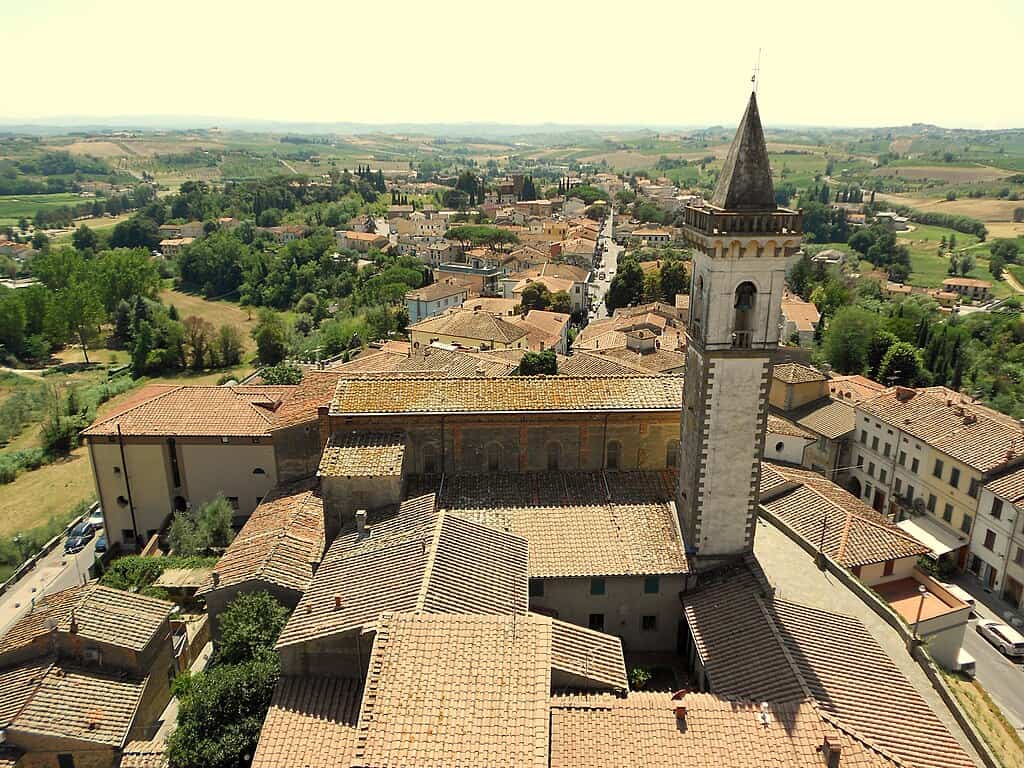
In Vinci, the Tuscan village of Leonardo’s birth, visitors find a lock of hair believed to be his, known as Les Cheveux de Leonardo. Rediscovered in 2016 from a private collection and linked through DNA analysis to remains from 1519, it blurs the line between myth and science. The town’s museum, opened in 1953, attracts about 150,000 visitors each year, each hoping to glimpse the essence of the man whose genius defined both art and invention.
6. Marilyn Monroe’s Therapy Notes : Los Angeles, USA

At the Museum of Death in Los Angeles, transcribed pages from Marilyn Monroe’s psychotherapy sessions reveal a vulnerable side of the Hollywood icon. Written between 1953 and 1962, they trace her struggles with loneliness and fame before her tragic death at 36. Displayed since 2005, these notes attract more than 70,000 visitors annually. They offer not scandal, but a moving portrait of a woman caught between public fantasy and private despair.
7. Winston Churchill’s Cigar Stubs : Cambridge, England
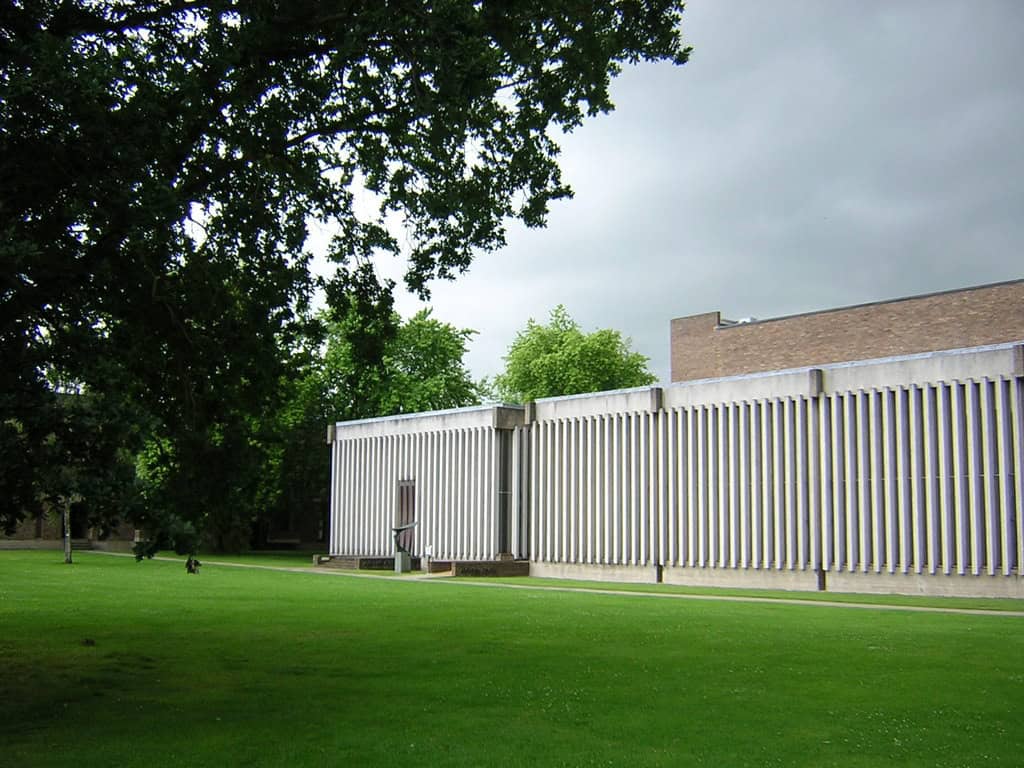
In the Churchill Archives Centre, a few half-smoked cigars from the wartime years between 1940 and 1945 remain preserved in glass. The archive, established in 1973, holds over one million documents, yet these small relics which are ash-scarred and aromatic, capture the prime minister’s tenacity better than speeches ever could. Scholars and tourists alike marvel at them as symbols of defiance during Britain’s darkest hours, relics of courage and pressure burned into history.
8. Frida Kahlo’s Prosthetic Leg : Mexico City, Mexico

Inside La Casa Azul, Frida Kahlo’s 1920s home in Mexico City, her prosthetic leg stands as both artwork and defiance. Crafted in 1953 after her amputation, it’s painted bright red and adorned with bells and silk ribbons. Displayed since 2007, it embodies her refusal to hide her pain or compromise her style. Seen by more than 200,000 visitors annually, it transforms disability into beauty, an enduring testament to Kahlo’s creative power and resilience.